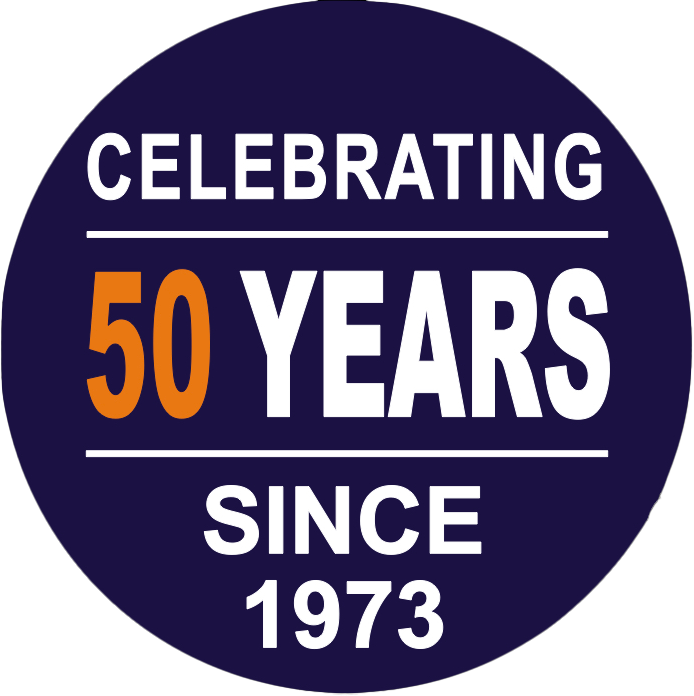Essential Forklift Maintenance and Repair Guidelines: Ensuring Safety and Efficiency
Forklifts are essential workhorses in various industries, playing a crucial role in material handling and warehouse operations. To ensure the safety of operators, the longevity of equipment, and the efficiency of daily operations, regular maintenance and timely repairs are paramount. In this blog post, we’ll delve into the key aspects of forklift maintenance and repairs, highlighting the checks that need to be conducted on a daily, monthly, and annual basis, along with red flags to watch out for during repairs.
Daily Checks
Daily forklift inspections are fundamental to prevent minor issues from escalating into major problems and to ensure the safety of operators and those around them. Here’s a checklist for daily checks:
- Fluid Levels: Check the levels of engine oil, coolant, hydraulic fluid, and brake fluid. Low levels can lead to serious operational issues.
- Tire Inspection: Examine tires for wear, cuts, or punctures. Properly inflated tires ensure stable operation and load-carrying capacity.
- Brakes: Test the brakes for responsiveness and effectiveness. Malfunctioning brakes can lead to accidents.
- Lights and Horn: Ensure all lights (headlights, taillights, indicators) are working, and test the horn. Proper visibility and communication are essential for a safe working environment.
- Steering and Controls: Check the steering system and control mechanisms for smooth operation. Any stiffness or difficulty in control should be addressed immediately.
- Hydraulic System: Test the lift and tilt functions to ensure proper operation. Any jerky or uneven movements could indicate hydraulic system issues.
Monthly Checks
Monthly inspections allow for more in-depth assessments of various components. These checks are designed to catch potential issues before they become severe:
- Battery and Charging System: Inspect the battery for corrosion and loose connections. Check the water level in flooded batteries if applicable. Ensure that the charging system is functioning correctly.
- Mast and Forks: Examine the mast and forks for cracks, bends, or misalignments. Damaged components can compromise load stability.
- Chains and Rollers: Lubricate chains and rollers and inspect them for signs of wear. Worn chains and rollers can cause malfunctions and accidents.
- Exhaust System: Check the exhaust system for leaks, as carbon monoxide buildup can pose a serious health risk to operators.
- Seat and Seatbelt: Ensure the seat is secure and the seatbelt functions properly. Operator comfort and safety should never be compromised.
Annual Checks
Annual inspections provide an opportunity to thoroughly examine the forklift and address any accumulated wear and tear. It’s advisable to involve a certified technician for these comprehensive checks:
- Engine and Transmission: Conduct a full assessment of the engine and transmission systems. Replace filters, fluids, and belts as needed.
- Cooling System: Flush and refill the cooling system to prevent overheating issues. Replace hoses and clamps if necessary.
- Brake Overhaul: Perform a complete brake system inspection, including the master cylinder, calipers, and brake lines. Replace brake pads and shoes as required.
- Electrical System: Inspect the wiring, switches, and connectors. Address any issues to prevent electrical malfunctions.
- Frame and Structural Integrity: Thoroughly inspect the forklift’s frame for signs of cracks or damage. Structural issues can compromise the forklift’s stability.
Red Flags and Repair Considerations
While routine maintenance can prevent many issues, there are certain red flags that indicate immediate repair needs:
- Unusual Noises: Strange sounds, such as grinding, knocking, or whining, can point to mechanical problems.
- Fluid Leaks: Any leaks, whether oil, hydraulic fluid, or coolant, should be addressed promptly.
- Vibration and Shaking: Excessive vibration or shaking during operation can indicate imbalanced components or misalignment.
- Erratic Performance: If the forklift experiences sudden loss of power, poor acceleration, or struggles to lift loads, there might be engine or hydraulic system issues.
- Uneven Tire Wear: Uneven wear on tires suggests alignment problems, which need to be rectified to maintain stability.
Maintaining a regular schedule of forklift inspections, encompassing daily, monthly, and annual checks, is pivotal for ensuring both the safety of operators and the efficiency of operations. By addressing minor issues before they escalate and conducting thorough annual assessments, businesses can extend the lifespan of their forklifts and reduce the risk of costly breakdowns. Prioritizing maintenance and promptly attending to repairs not only keeps operations running smoothly but also safeguards the well-being of everyone in the workplace.

